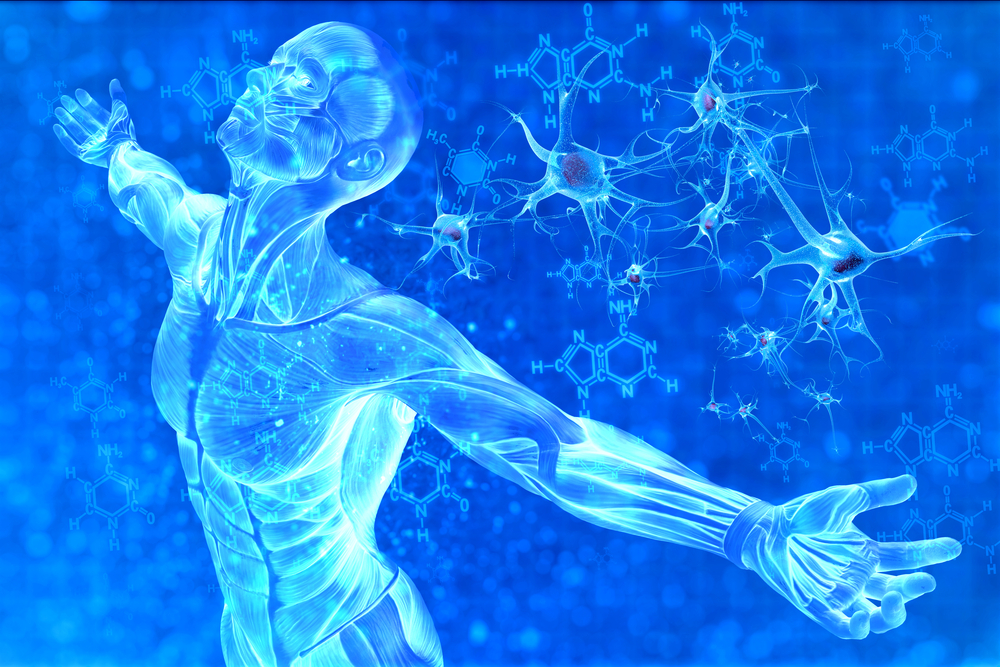Scientists Awarded £1M to Develop an Advanced ‘Sodium MRI’ Scanning Technique

University of Nottingham researchers at the Sir Peter Mansfield Imaging Centre (SPMIC) have been awarded a more than £1 million grant to develop a magnetic resonance imaging (MRI) technique that uses the body’s natural sodium ions to provide more advanced pictures of healthy and diseased tissue.
MRI is used to diagnose and study progression in a number of diseases, including muscular dystrophy (MD). Current MRI scanners measure the spatial distribution of body water molecules (H2O) which, because hydrogen atoms of H2O have a nuclear spin, become detectable under the strong magnetic fields utilized by MRI. However, hydrogen MRI has limitations in capturing tissue health and disease progression stages. Sodium ions are involved in many body functions associated with pathology, and may well serve high or ultra-high scanning devices.
“Sodium MRI is a novel and undeveloped technology which has huge potential for the healthcare of the future. We are delighted to receive the funding to take it forward at Nottingham. The technique of using sodium ions in the body as a biomarker for imaging is very challenging because of the lower detectability of the sodium signal in biological tissue by currently available MRI scanners. However, high and ultra-high magnetic field scanners available in the Centre should be able to help to circumvent this obstacle,” Dr. Galina Pavlovskaya, a translational imaging researcher at the School of Medicine, SPMIC, said in a press release.
“Sodium ions are much smaller than the hydrogen protons bound to oxygen molecules in the water in our bodies which are mapped by conventional MRI. Therefore, sodium has the capacity to give us a much clearer and detailed picture of the structure and health of an organ from deep inside the tissue,” Dr. Pavlovskaya added. “Our aim is to refine the technology so we can turn theory into clinical reality.”
This project runs through 2018, and the researchers plan to announce their findings in a future Sodium MRI Conference. Research will focus on kidney disease in collaboration with the Centre for Kidney Research and Innovation. The study will first involve healthy volunteers, scanned using both the sodium and conventional hydrogen MRIs for comparison. A second small trial involving patients with chronic kidney disease or acute kidney injury will follow to test the sodium MRI.
“The kidney is an ideal target for our project because it is important in the regulation of sodium in the body. If we can image how sodium is distributed in the kidney and how that differs in a diseased kidney, the impact on the diagnosis and treatment of kidney injury or disease is potentially great. The technique also has specific relevance to understanding sodium and water balance in dialysis patients,” said Dr. Susan Francis, from the School of Physics at SPMIC.
But the team also plans on developing ways of imaging the torso and limbs, using MRI coils for sodium imaging because these coils are the receivers of radiofrequency signals in the MRI scanner, that can be specifically tuned to the resonant frequency of sodium ions. Researchers want to develop pulse sequences allowing these coils to image the body.
“[W]e will also be examining how salt is distributed in the skin and muscle,” Dr. Francis said. “This has lots of clinical applications, for diseases like muscular dystrophy for example. Theoretically we should also be able to study sodium concentration in red blood cells … The technique will give a picture of the body’s naturally occurring sodium and how it is trafficked in the body and will not require any invasive addition of sodium to the scanned subject.”






